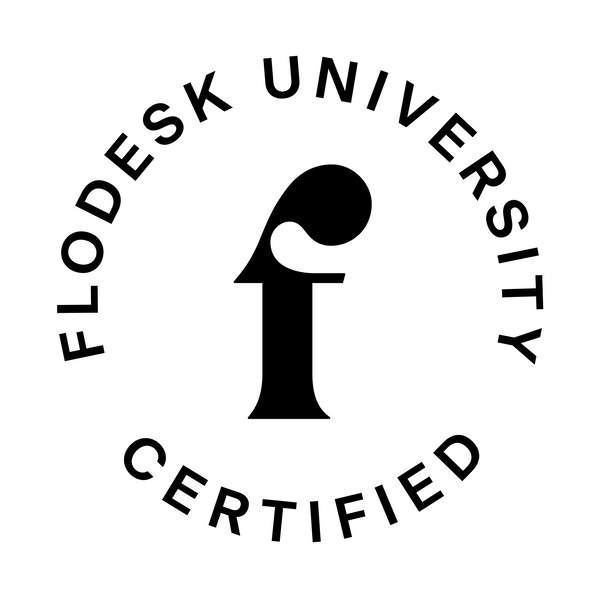Building up that email list from the ground up isn’t easy. Even if you commit the time to create that freebie for your ideal client, there’s still no guarantee anyone will open it. Consider the expanse of your scope. Are you focusing on your ideal client, or have you expanded your message to your target audience?
Amanda Stores takes pride in teaching you how to grow your email list. In this course, she will walk you through the key differences between your target audience and your ideal customer. Why does that even matter?
Here’s Amanda on how to grow your email list:
I’m assuming you’re here because no one is snagging your free content. The thing about creating a lead magnet, most people will tell you that you need to make it for your ideal client, but you’re not really considering your target audience.
I want you to know how to expand your mindset from thinking of your ideal client to thinking of your target audience. So, what’s the difference between the two?
Well, every influencer will tell you to create a freebie for your ideal client. Something that speaks to the exact person your business is for - I want to challenge you to create a lead magnet for a wider group of people. Your ideal client will fall into your target audience. Maybe you’re wondering what I’m talking about.
Let’s demonstrate a few examples. Say a teacher is your ideal client, and your target audience is anyone who works in a school. Maybe your ideal client is a bride, but your target audience is the wedding industry. Or somebody needing a Facebook ad as your ideal client, and a general online business is your target audience. Why should you know the difference? Because your ideal client is hiding in your target audience.
By creating a freebie for your target audience instead of your ideal client, you’re broadening your reach as a business. By broadening your reach, you are growing your email list of supporters. Your ideal clients will end up on your list because they are part of a broader target audience. Once your target audience is on your email list, use your story. Use your words to speak into their role as your ideal client.
They may not know that you will fill a need in their lives yet, so until they do, serve them well. Get them away from the noise of social media into a one-on-one conversation in their email inboxes.
How do you identify your ideal client? Ask questions like:
Where do they shop?
What industry are they in?
What is their gender?
What is their age?
What is their education level?
What are their preferences?
What do they do for work?
How is their home life?
You’re speaking to anyone that matches who would buy your product or service.
If that is your ideal client, how do you identify your target audience? Think one step beyond your ideal client. You’re not thinking of them as a specific person or a niche, but someone within your industry or group of people.
Typically, people don’t want to buy from you immediately. So, until they do, you just need to serve them. The way that you serve them is by creating a lead magnet that will solve a pain point.
Be the solution to a problem they have.
Maybe you could ask yourself some questions to see if you have correctly picked out your target audience.
Could my ideal client fall into the target audience I’ve identified?
Though my ideal client could fall into multiple audiences, which one is closest to my area of business?
Do I know enough pain points within that audience to create a valuable lead magnet?
Can I address their same pain points?
Is my target audience wide enough to consistently grow my email list?
So, there you have it. That is how to grow your email list by understanding your ideal client and identifying your target audience. Your action step is to create a lead magnet for your target audience, not just your ideal client. Thanks for reading!
What to Watch Next
The Exact Steps to Create a Lead-Generating Freebie Download
How to Use A Quiz Lead Magnet to Grow Your Email List
Strategies for Launching Your List: How to Build an Email List for Free










